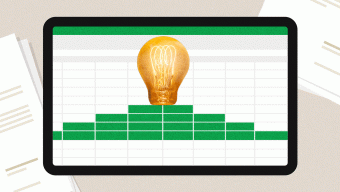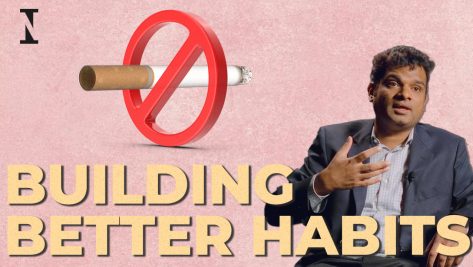The Art of Effective Communication
In an increasingly noisy world, being able to communicate effectively is more important than ever. Matt Symonds provides seven key steps to being able to connect with an audience and keep their attention.
© IE Insights.
Transcription
Communication is less about what you say or write, and far more about how that message comes across to your audience. We’re inundated with news, with information, with texts, with emails. So the ability to communicate effectively is perhaps more important than ever. Rather than simple information transfer, we have to learn to connect with our audience and to keep that audience’s attention.
Over 20 years ago, the Employability Skills 2000 tried to identify the key skills for anybody to be successful in the workplace. Communication skills were at the top of the list. And now with the latest, GMAC’s survey, over 80% say that those interpersonal skills are truly the key to a successful career. And whether with colleagues, potential investors, presenting data, or just talking to your customers, it’s at the heart.
So how do we effectively communicate? If I had a list, I think number one on the list would be to listen. In fact, I’d probably put it at number one, and number two, and number three. When I say listen, I mean really individualized attention. That person in front of you at that moment is the most important person in your world and that they know they have you with them.
If we look at political figures like the U.S. President Clinton, the French President Jacques Chirac, when they met people, they were truly with that person and perhaps meeting them 15 years later, they would still remember details about their family, about their work. It’s a rare skill. So who is your audience? What do they care about, and how do they want to be addressed?
Number two on my list is to think about what you want to say. Pause. Take a moment before you actually speak or write something down. If you’re answering a question, what is really being asked? Those are your words, you take responsibility for them. You’re going to have to own those words, and taking them back can be very difficult.
So take that moment to think before you communicate. Now, number three, I’d move to tone, to body language. Is the tone of your voice consistent with what you’re actually saying? If I fold my arms and I suddenly become very defensive and closed. If you’re giving a compliment, are you looking that person in the eye? Eye contact is really essential in communication to show your presence and that you’re really authentic about what you have to say.
Number four is that less is more. Do you hide behind lengthy emails that just go on and on and expect so much of the reader? Be brief. Be precise in what you have to say, but do come to the end. And perhaps also the opportunity to vary how you communicate. Do you hide again behind those emails? What about picking up the phone?
We all love that human connection, and there’s so much more nuance and inference that we could pick up through a phone call and through a person’s voice. Number five is to practice. Public speaking is difficult. It can be very daunting. And there are tactics that you can use in your own storytelling techniques, whether it’s the use of examples or anecdotes, using metaphors or comparisons.
Have you thought about structuring your argument, perhaps in three points? Three really is a magical number. And of course, to be persuasive, have you shared your convictions that people are then able to pick up on? Share those ambitious goals and show that you really believe in them. That’s certainly what your audience wants to hear. And finally, the art of effective communication is knowing when to stop.
Effective communication is less about what you say, what you write, and far more about what it means to your audience. It’s not that you have to dominate the conversation, but finding those moments and placing what you have to say.










